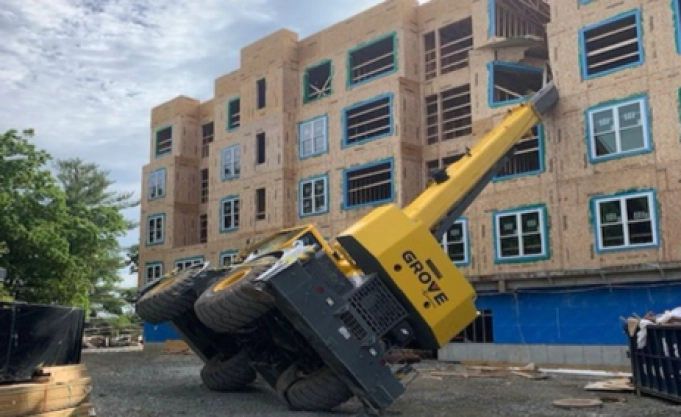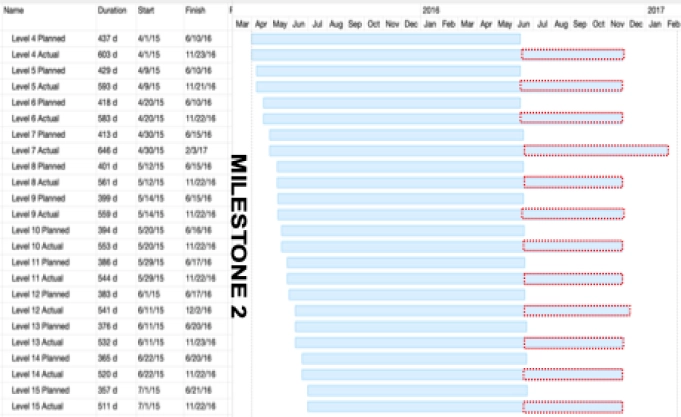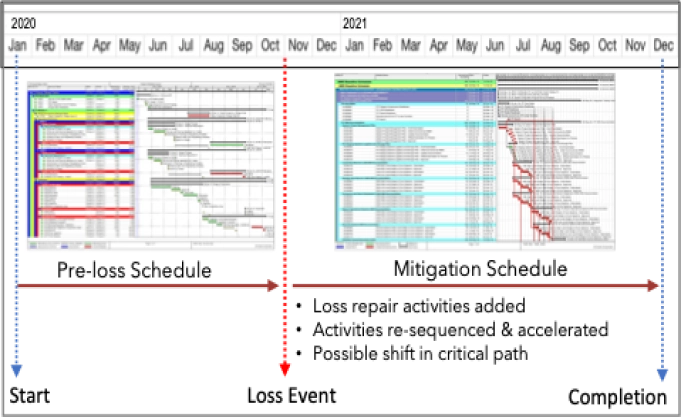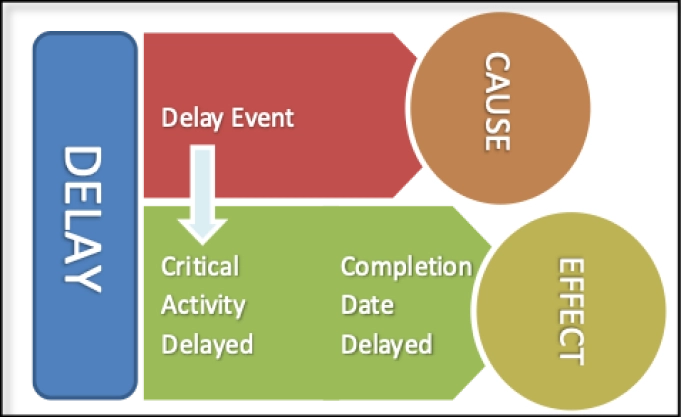Articles
The insurance industry provides ways to insure against unexpected delays in the form of Builder’s Risk and Delay in Start-Up (DSU) Insurance products aimed at contractors and owners respectively. This article provide insights into the most accurate approach to measure the impact of delay in builder’s risk and Delay in Start-Up insurance claims.
In this article, the application of the Impacted As-Built method is discussed by reviewing the steps to apply it, limitations, and when this method is suitable.
In this article, the application of the Time Impact Analysis is discussed by reviewing the steps to apply it, limitations, and when this method is suitable. A practical example of applying this method to a project delay scenario is also provided.
In this article, the persuasive power of storytelling is considered by reviewing applicable research and demonstrating how it can be applied to claims and disputes.
The article explains the process of re-planning when as project delay occurs and highlights pitfalls we should be aware of when analyzing the impact of a delay event retrospectively.
A critical path project schedule has become so commonplace that we can hardly imagine a project without one. This article explains methods that can be utilize to substantiate project delays in the absence of project schedules.
The article explains techniques that can be easily applied to ensure your message is captivating and persuasive. The article answers this question by reviewing the latest research on decision-making, brain function, cognition and obstacles in the path to persuasiveness.
Contractors rely on delay claims to mitigate the risk of unforeseen events impacting on the completion of projects. The delay claim motivation will influence the chances of success of a contractor’s claim. This article explains 5 easy steps to formulate a successful delay claim.
Construction delays can have far reaching consequences that normally translate into a financial risk for the owner or the contractor. How do we objectively analyze and adjudicate delays claims? This article explains 4 easy steps to successfully analyze delay claims
Is it possible to own project time?
Project time remains an abstract concept until it is concretized in the form of a construction schedule. This article explains how surplus time or float can be utilized by project participants to their benefit.
Who is responsible for damages suffered as a result of COVID-19 and what should be done to mitigate risk? Can the contractor claim for additional time and cost due to the impact of COVID-19? This article answers these questions and provides guidance on steps to be taken to mitigate risk.
This article review the findings of 17 independent studies on delay conducted in 12 different countries to answer these questions. The results provide some very interesting insights and might influence your approach to future projects.
I often teach the different delay analysis methods in a variety of settings. One of the questions I am asked the most often is: What is the most popular method of delay analysis? Several research studies have attempted to answer this question. A recent study ranked the common delay analysis methods as follows in terms of popularity:














